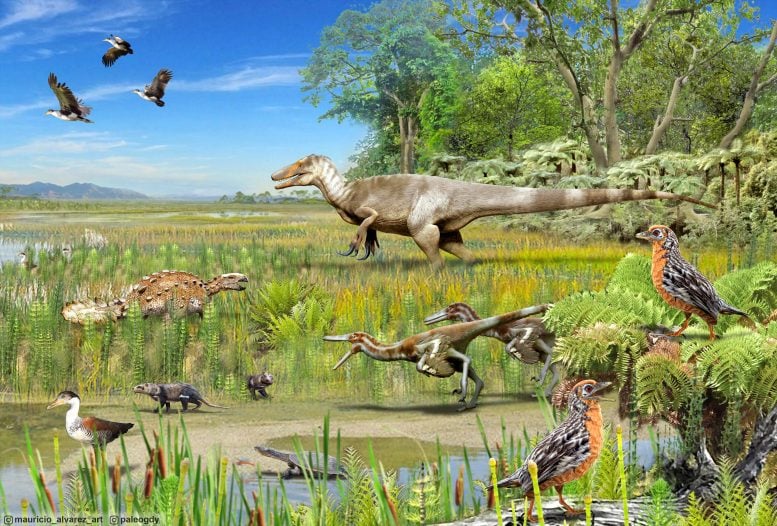
A time-averaged artist’s interpretation of Patagonia during the Late Cretaceous. The animals pictured include non-avian dinosaurs, birds and other vertebrates that have been discovered in the fossil record of the region. Their specific identifications are as follows: ornithurine birds (flying and walking on the ground), Stegouros (armored dinosaur), Orretherium (mammal), Yaminuechelys (turtle), a megaraptorid (large carnivore), unenlagiines (pair of carnivores), and enantiornithine birds (in foreground). Credit: Mauricio Alvarez and Gabriel Diaz
A study led by The University of Texas at Austin is providing a glimpse into dinosaur and bird diversity in Patagonia during the Late Cretaceous, just before the non-avian dinosaurs went extinct.
The fossils represent the first record of theropods — a dinosaur group that includes both modern birds and their closest non-avian dinosaur relatives — from the Chilean portion of Patagonia. The researchers’ finds include giant megaraptors with large sickle-like claws and birds from the group that also includes today’s modern species.
“The fauna of Patagonia leading up to the mass extinction was really diverse,” said lead author Sarah Davis, who completed this work as part of her doctoral studies with Professor Julia Clarke at the UT Jackson School of Geosciences Department of Geological Sciences. “You’ve got your large theropod carnivores and smaller carnivores as well as these bird groups coexisting alongside other reptiles and small mammals.”
The study was published recently in the Journal of South American Earth Sciences.
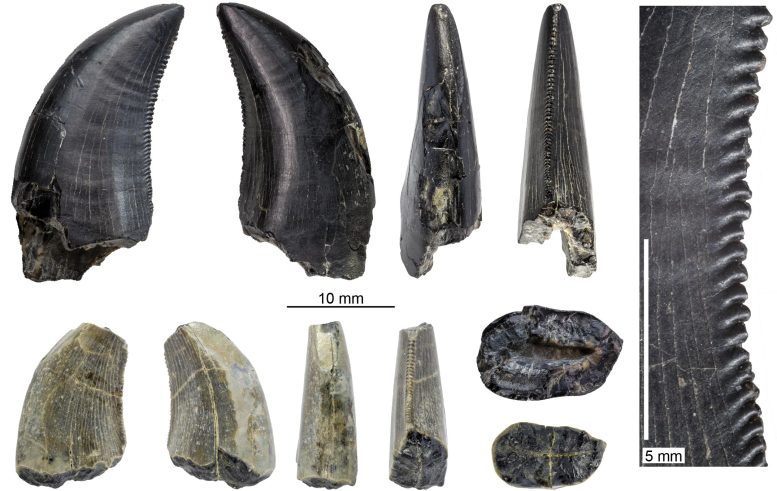
A figure from the study showing teeth from a megaraptor dinosaur from various view points. The black tooth preserves most of the tooth crow. The tan tooth is missing the crown apex and base. Credit: Davis et al.
Since 2017, members of the Clarke lab, including graduate and undergraduate students, have joined scientific collaborators from Chile in Patagonia to collect fossils and build a record of ancient life from the region. Over the years, researchers have found abundant plant and animal fossils from before the asteroid strike that killed off the dinosaurs.
The study focuses specifically on theropods, with the fossils dating from 66 to 75 million years ago.
Non-avian theropod dinosaurs were mostly carnivorous, and include the top predators in the food chain. This study shows that in prehistoric Patagonia, these predators included dinosaurs from two groups — megaraptors and unenlagiines.
Reaching over 25 feet long, megaraptors were among the larger theropod dinosaurs in South America during the Late Cretaceous. The unenlagiines — a group with members that ranged from chicken-sized to over 10 feet tall — were probably covered with feathers, just like their close relative the velociraptor. The unenlagiinae fossils described in the study are the southernmost known instance of this dinosaur group.
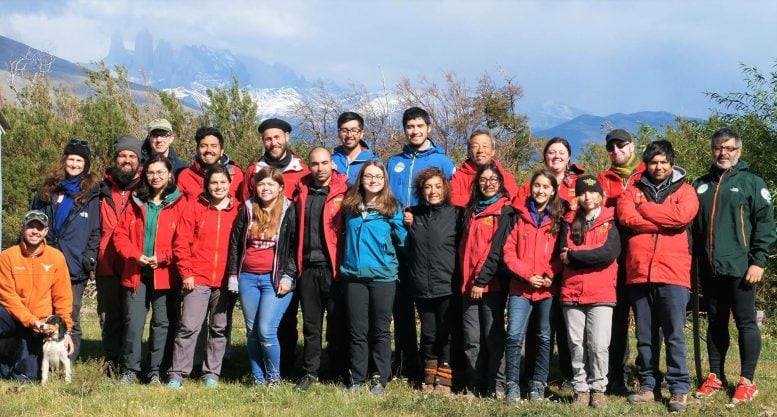
The researchers in Patagonia in 2017. Lead author Sarah Davis is in the center of the front row in a blue jacket. The researchers include members from the Jackson School of Geosciences, INACH, the University of Chile, and the University of Concepción. Credit: Sarah Davis
The bird fossils were also from two groups — enantiornithines and ornithurines. Although now extinct, enantiornithines were the most diverse and abundant birds millions of years ago. These resembled sparrows — but with beaks lined with teeth. The group ornithurae includes all modern birds living today. The ones living in ancient Patagonia may have resembled a goose or duck, though the fossils are too fragmentary to tell for sure.
The researchers identified the theropods from small fossil fragments; the dinosaurs mostly from teeth and toes, the birds from small bone pieces. Davis said that the enamel glinting on the dinosaur teeth helped with spotting them among the rocky terrain.
Some researchers have suggested that the Southern Hemisphere faced less extreme or more gradual climatic changes than the Northern Hemisphere after the asteroid strike. This may have made Patagonia, and other places in the Southern Hemisphere, a refuge for birds and mammals and other life that survived the extinction. Davis said that this study can aid in investigating this theory by building up a record of ancient life before and after the extinction event.
Study co-author Marcelo Leppe, the director of the Antarctic Institute of Chile, said that these past records are key to understanding life as it exists today.
“We still need to know how life made its way in that apocalyptic scenario and gave rise to our southern environments in South America, New Zealand and Australia,” he said. “Here theropods are still present — no longer as dinosaurs as imposing as megaraptorids — but as the diverse array of birds found in the forests, swamps and marshes of Patagonia, and in Antarctica and Australia.”
Reference: “New records of Theropoda from a Late Cretaceous (Campanian-Maastrichtian) locality in the Magallanes-Austral Basin, Patagonia, and insights into end Cretaceous theropod diversity” by Sarah N. Davis, Sergio Soto-Acuña, Roy A. Fernández, Jared Amudeo-Plaza, Marcelo A. Leppe, David Rubilar-Rogers, Alexander O. Vargas and Julia A. Clarke, 17 December 2022, Journal of South American Earth Sciences.
DOI: 10.1016/j.jsames.2022.104163
The research was funded by the National Science Foundation, the National Agency for Research and Development of Chile, and the Jackson School of Geosciences.
The study’s co-authors include Clarke and researchers at the University of Chile, Major University, the University of Concepción and the Chilean National Museum of Natural History.

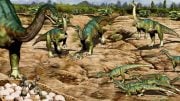
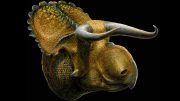
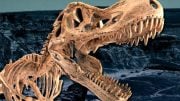
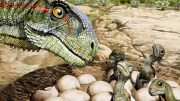

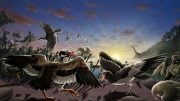
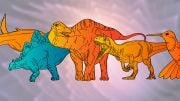
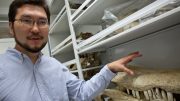
Dinosaur allways doing good from Triassic to today as the gator they were allways diverse pterosaurs were from the triassic a very aquatic dinosaur sting ray mimic .in triassic they were giant and small but in Triassic fuse ankle dinosaur was not doing very well .lack of fuse ankle dinosaur seem allways doing good. Modern crocodilian is greatest dinosaur ever live it’s won of the greatest predator ever live so many of them today. Dinosaur is not extinct mesoeucrocodylia dinosaur is superior dinosaur .this story believe in primitive modern crocodilian which show they know nothing about dinosaur and cliam there is links between dinosaur and birds .worst they use teeth to tell if they are theropod. velociraptor unenlagiines are not theropod they have bird teeth .thecodont mean crocodilian teeth only dinosaur crocodilian have thecodont teeth dinosaur was allways was a crocodilian a crocodilian type of animal and scientist allways call them crocodilian because they are crocodilian they are many type of crocodilian primitive and advance .dinosaur is a primitive crocodilian allways was.dinosaur weapon could not match modern crocodilian that a fact that why they are dead and the stronger dinosaur modern crocodilian are alive modern crocodilian is last Iiving spinosauridae .modern crocodilian has fully secondary bony palate very high tech feature it’s well known for long time. Modern crocodilian is just a reptile version of a mammal they are more simular to mammal a reptile cat.sapeornis a oviraptor type of bird but sapeornis lack mandibular fenestra like archaeopteryx these lack of flight skull birds that can fly.sapeornis was call oviraptor but hypocleidium furcula show up now it’s bird but was allways was a bird these bird look like modern birds because small snout tall skull bigger brain but not like modern birds because it does not have flight skull it has more skull bones these bones are missing in modern bird that why modern birds have a very kinesis skull .sapeornis coracoid looks like archaeopteryx but it did not look like Confuciusornis jeholornis .sapeornis has hypocleidium furcula so archaeopteryx should have won because of coracoid link .confuciusornis 3 mandible fenestra like oviraptor the velociraptor bird has 1 the number 2 hole fenestra these birds are more primitive than archaeopteryx .archaeopteryx lack mandibular fenestra it’s more advance than beak bird confuciusornis .the dromaeosaur bird lack the reptile bone coranoid like modern birds .but it is found in oviraptor and archaeopteryx .modern crocodilian has this bone but early land mesoeucrocodylia lack this bone.mammal only have one bone in lower jaw the dentary simular to modern crocodilian fuse lower jaw.jeholornis longest tail in bird that why it’s more primitive than archaeopteryx these birds lack number of tail bones like dinosaur because there bipedal Is different from dinosaur these tail are use for flight .dinosaur tail is use for bipedalism so they need a lot of tail bones that why tail is like the gator the occified tendon are the same .archaeopteryx lack a Beak long snout not found in modern birds it’s simular to pygostyle tail bird oviraptor there kinesis kinetic skull simular too. dromaeosaur has less kinetic skull.some modern birds do have mandible fenestra the number 3 but not number 2 or 1 dinosaur only have number 2 only compsognathus lack mandible fenestra so they cliam bird link allso 2 mesoeucrocodylia lack mandible fenestra a modern type and a primitive type so mesoeucrocodylia use this to cliam they are a dinosaur allso use this to cliam they are a tyrannosaur the compsognathus link .dromaeosaur bird has number 2 mandible fenestra like dinosaur.archaeopteryx has a single vomer which mean they are fuse a real vomer reptile lack a real vomer poor kinetic skull the vomer is not fuse but call 2 same name which is clear mistake bird vomer need new scientific name clear different from reptile vomer .gator has real vomer because modern crocodilian was allways advance animal and because simular palate like mammal they have very akinetic skull the vomer has no link to bird vomer because bird vomer is link to kinetic skull allso bird lack a full palate they are not like full palate gator and mammal which full palate is link to a fuse vomer.full palate is heavy .bird is flying animal and bird breathing system is better than mammal any way.